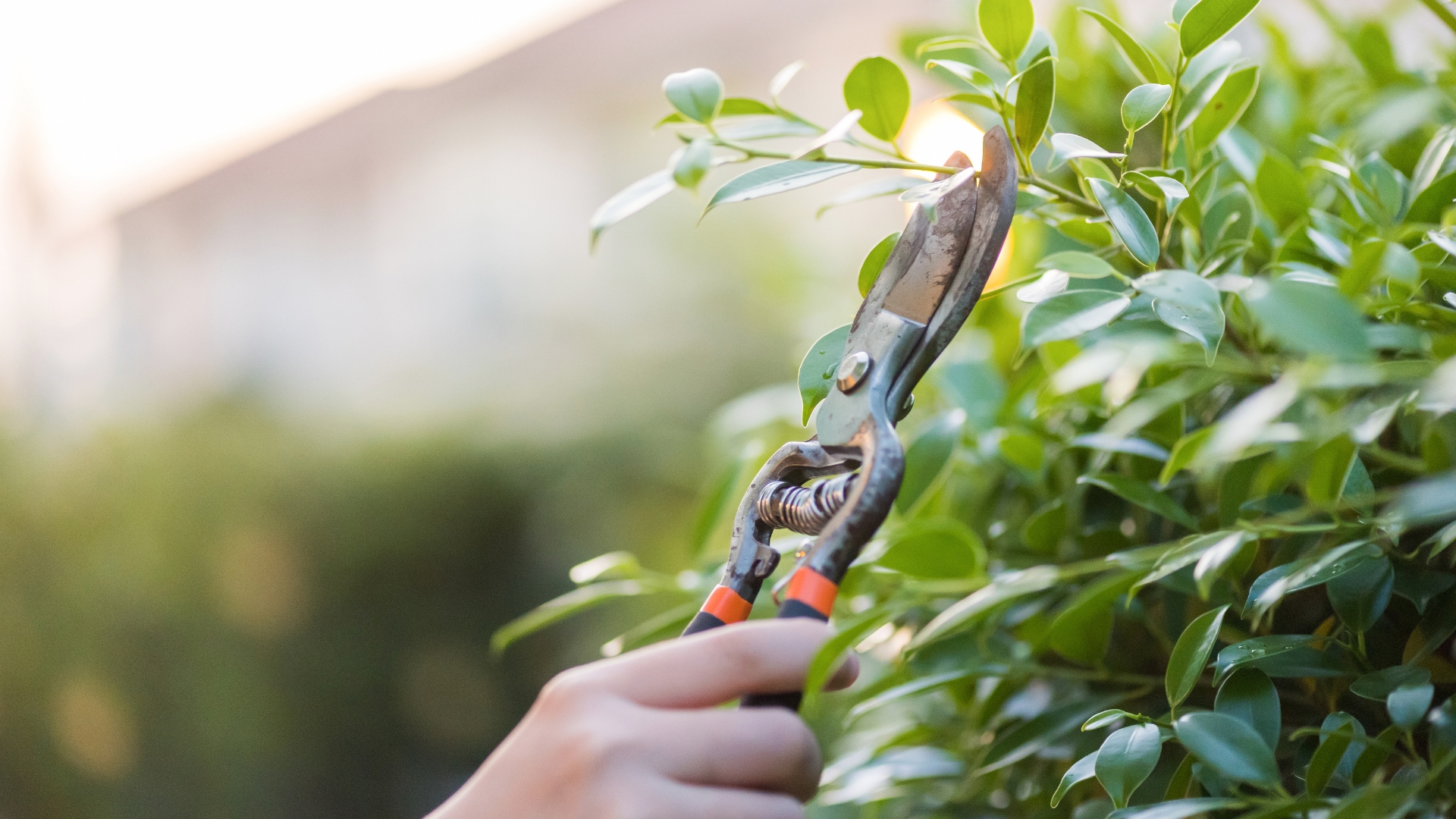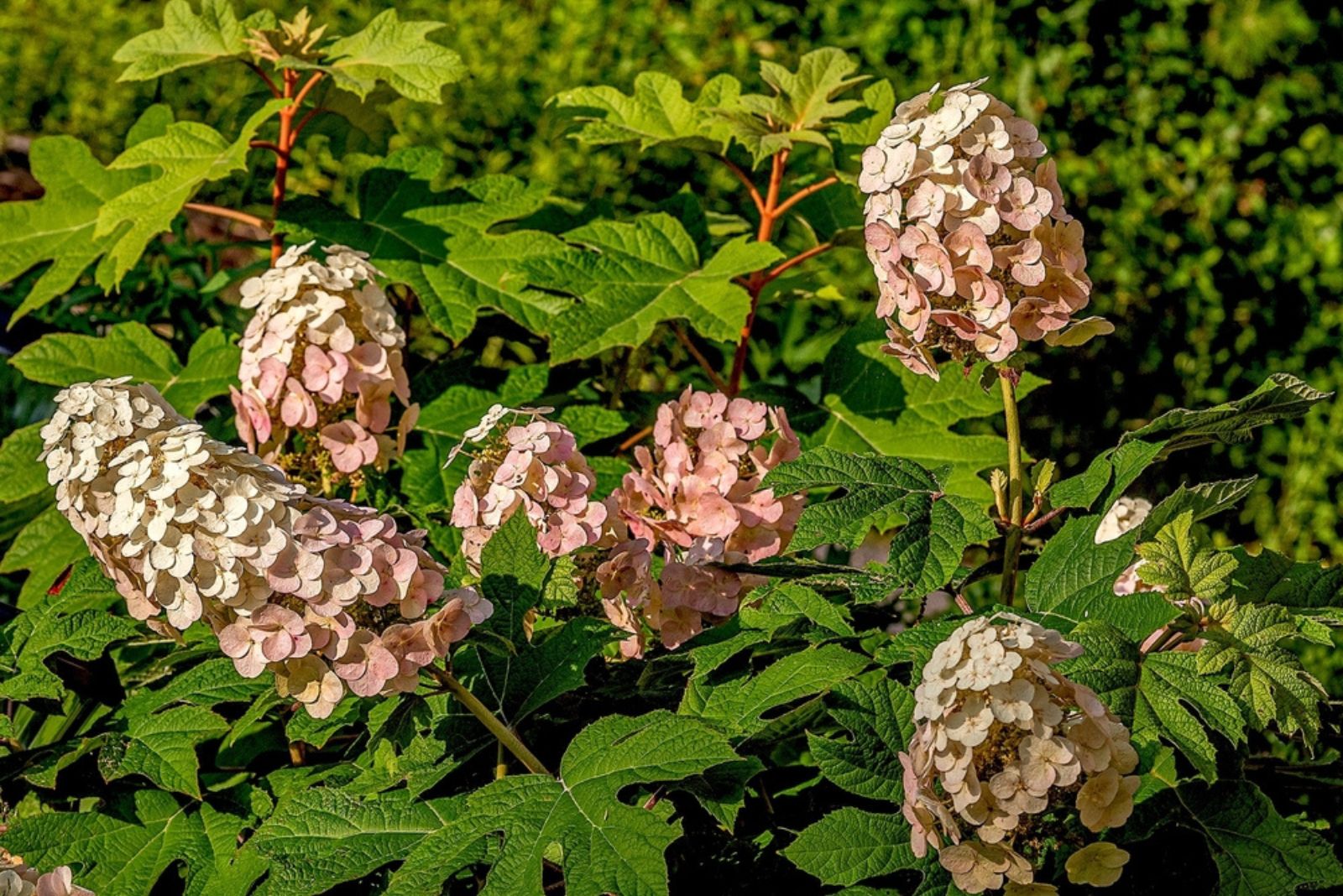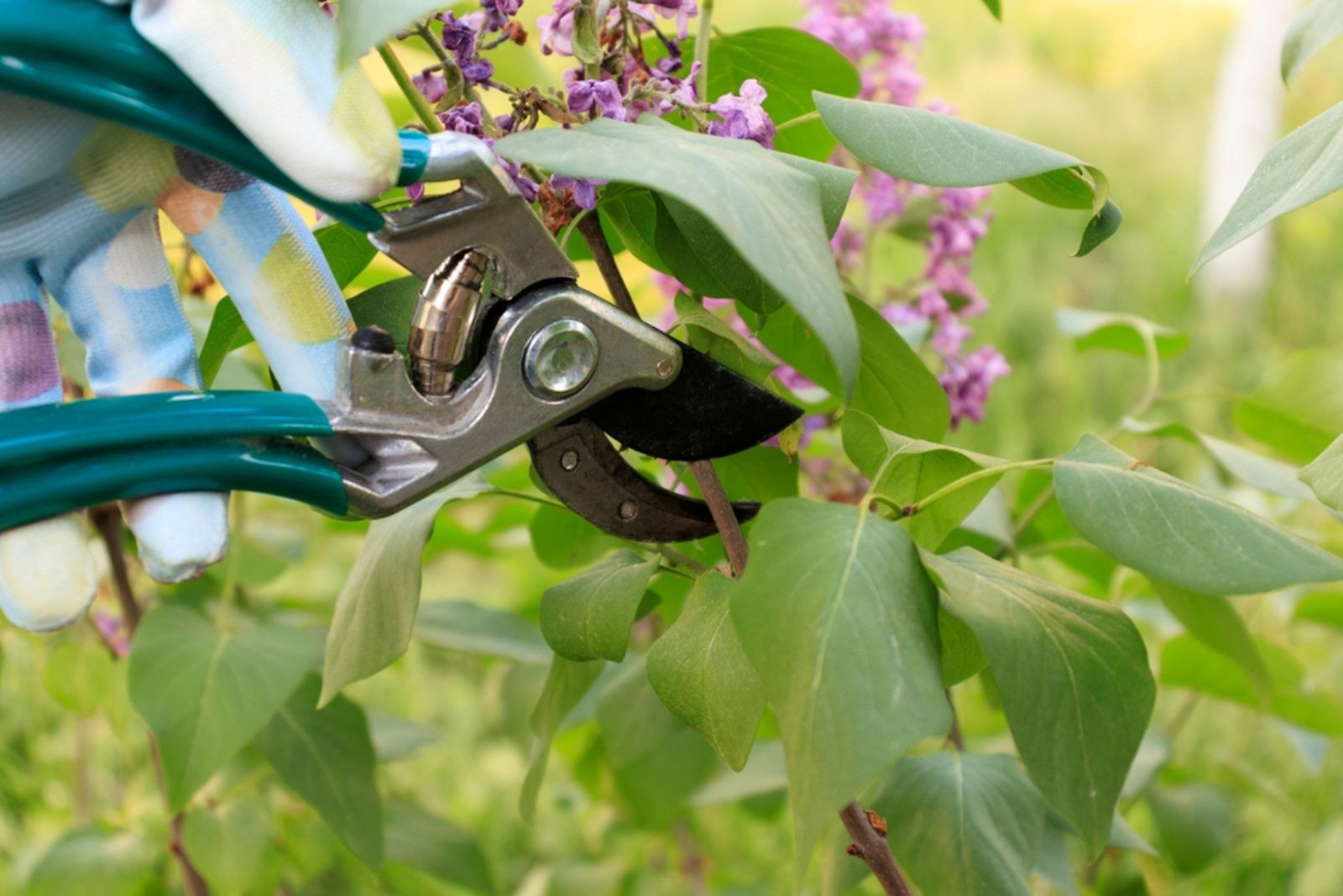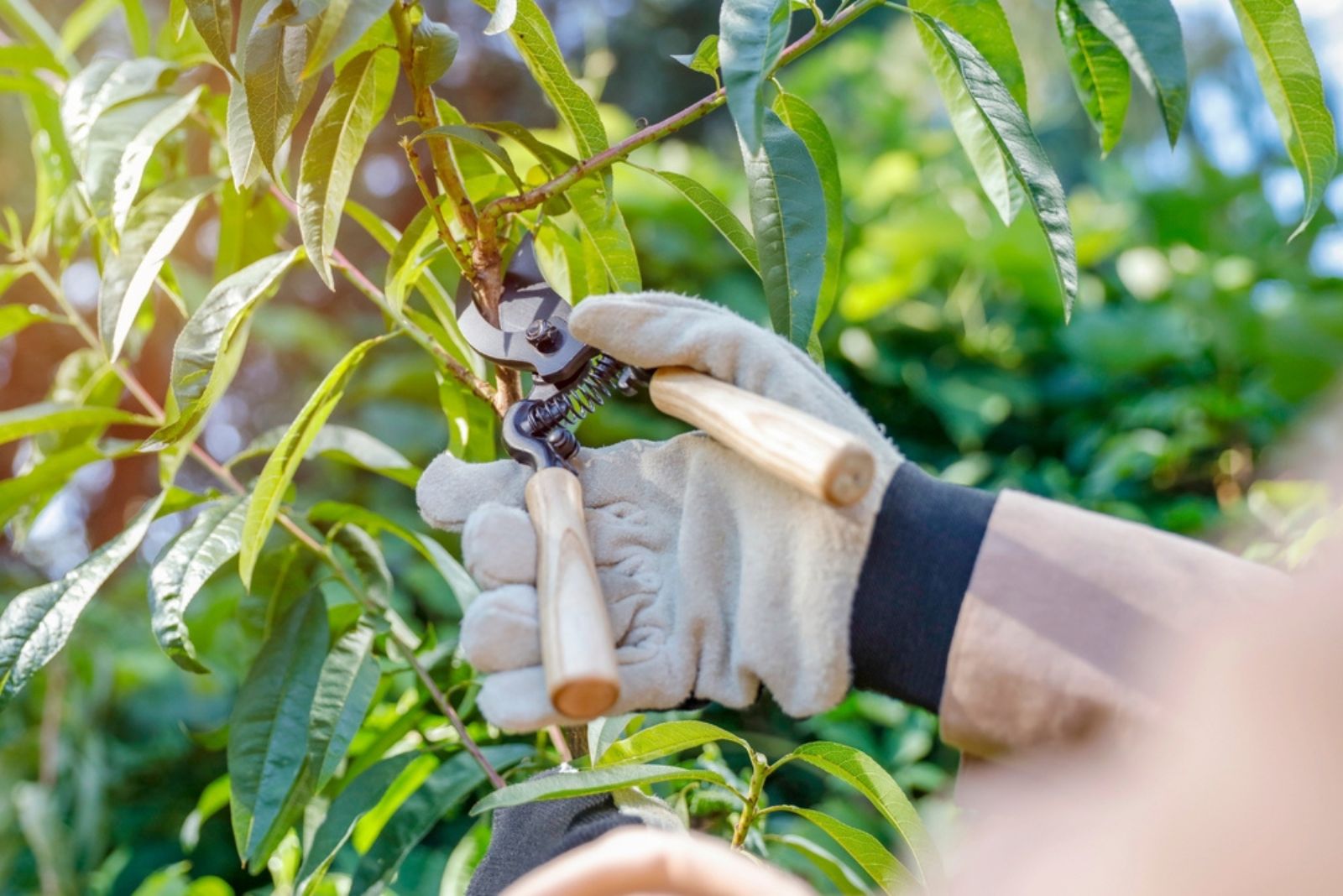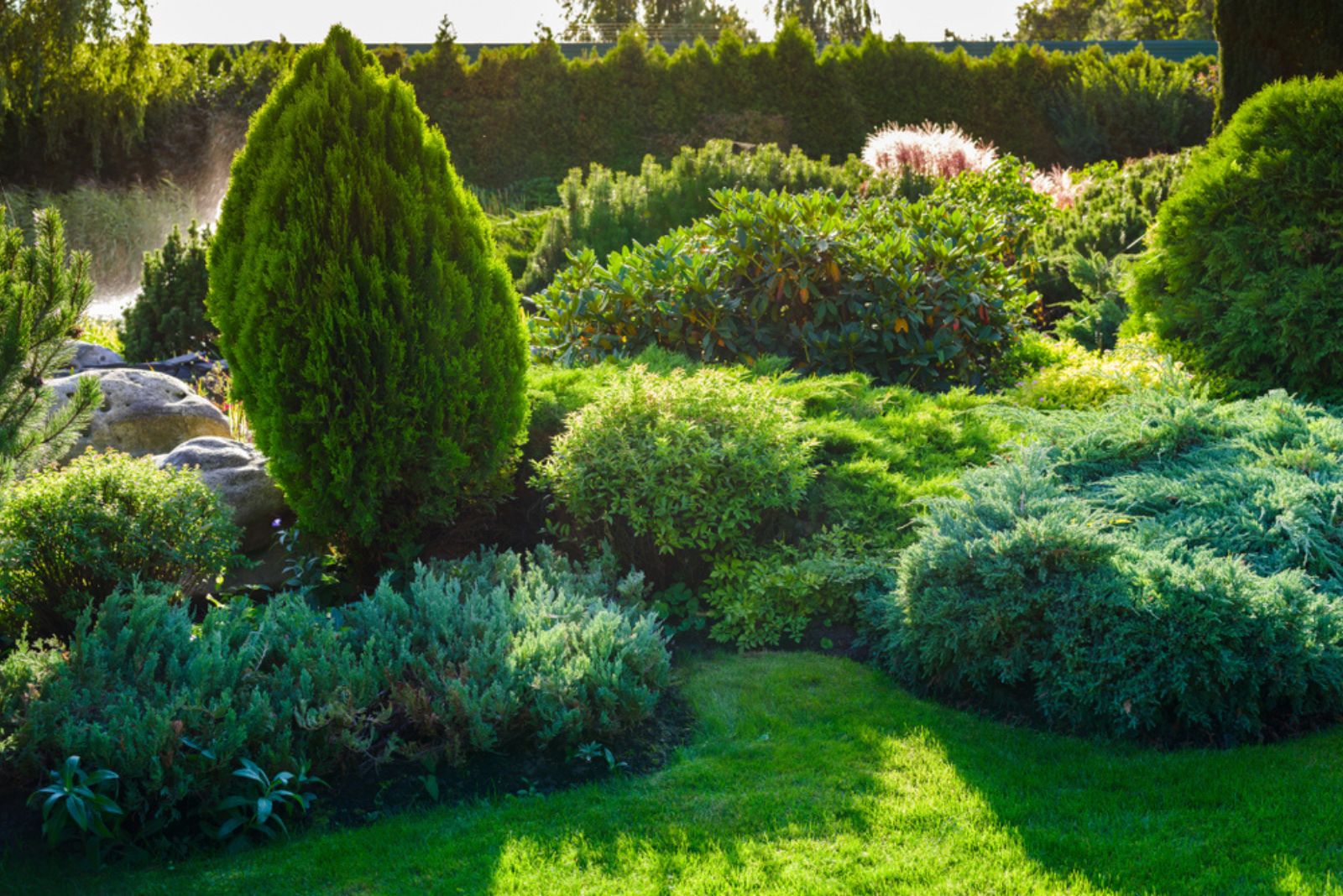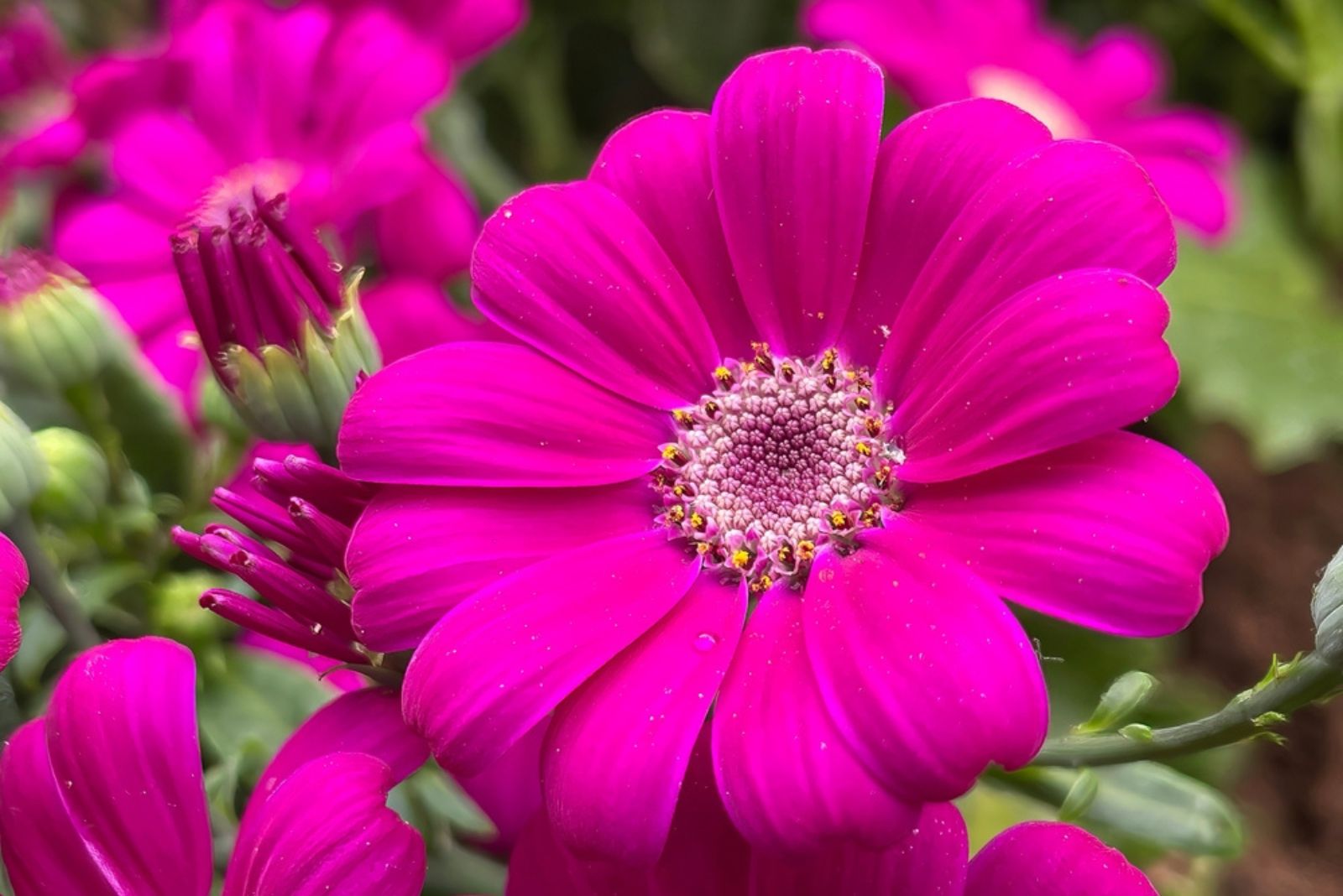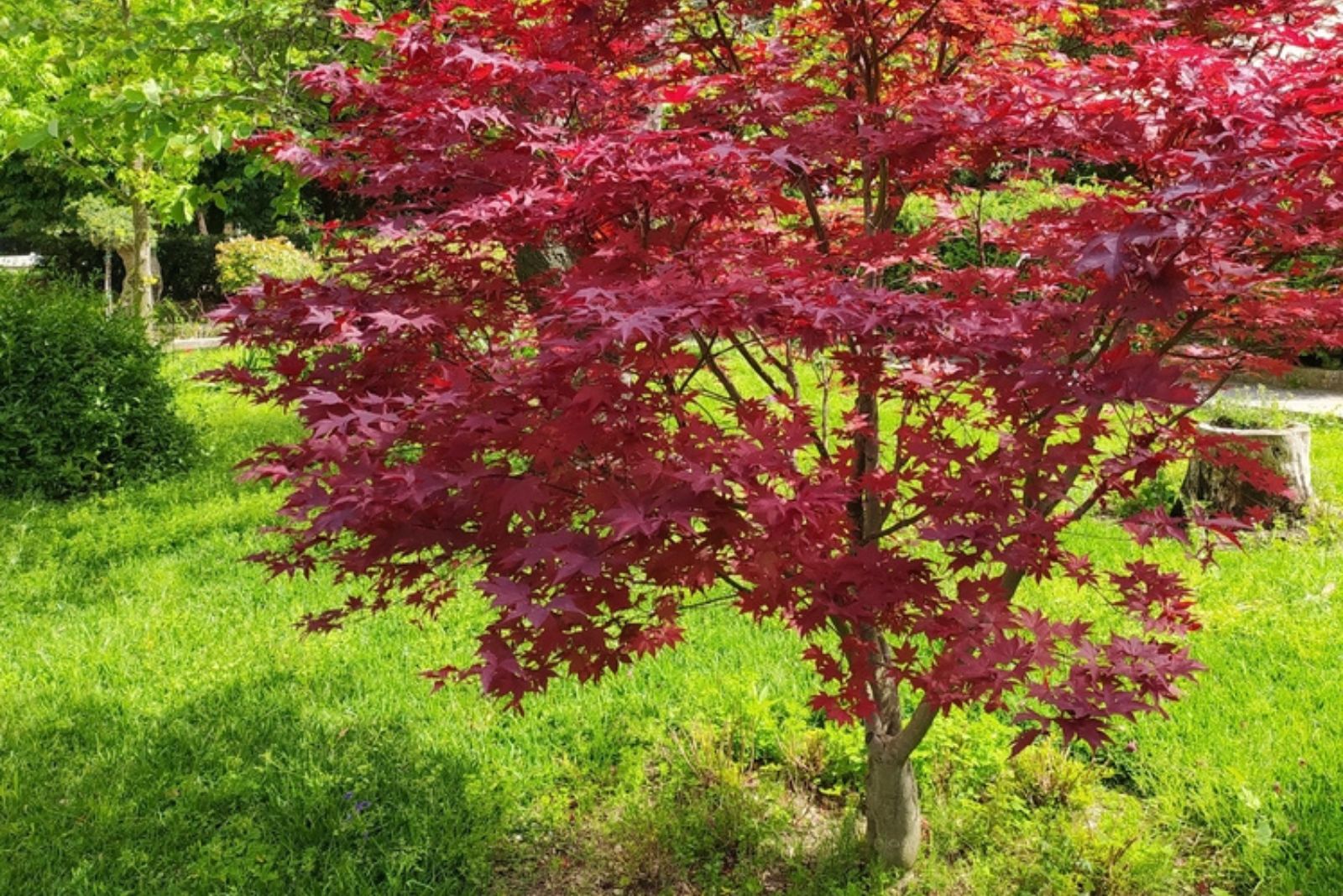My fellow gardeners, October’s here and it’s time to wrap up our garden chores. I’m sure there’s an urge to snip away at everything, but hold your horses before you start cutting back.
A better term is to hold your pruners…
Pruning may be the right move for some plants but don’t think it’s a cure-all. For some species, giving them a snip could spell trouble and leave you worse off than before!
Let me show you the 7 plants you should absolutely steer clear of pruning this October. So, if they’re in your garden, leave those pruners on the shelf where they belong!
1. Oakleaf Hydrangeas Won’t Appreciate Any Trimming
I adore hydrangeas but if there’s one thing I dislike it’s their pruning requirements. I’m not saying they’re hard to prune but you need to be careful with the variety.
For instance, pruning Anabelle hydrangeas or varieties of panicle hydrangeas should be reserved for late winter or early spring because they bloom on new wood.
For oakleaf hydrangeas, the ideal pruning time is in mid-summer. You can do it a bit later but never, I mean never, in October.
You see, these varieties bloom on old wood, which basically means they’ll lose next year’s blossoms if pruned at this time.
2. The Time For Pruning Lilacs Passed A While Ago
The gorgeous blossoms of lilacs adorn spring gardens all around the world. The blooms form in late summer and early fall, and open once the spring arrives.
When the flowering season ends, it’s the ideal time to grab the pruners and give your lilacs a good trim.
If you prune your lilacs in October (or in the fall in general) you’ll remove the buds that were supposed to open in spring.
You’ll be left with non-blooming lilacs, which is definitely the last thing you want.
3. Leave Your Fruit Trees Alone As Well
A high yield of delicious fruits is every gardener’s dream, and if you want this scenario, then leave the trees alone in October!
It’s still not the time to prune fruit trees and this refers to all varieties, from apple to pear trees. The ideal time is actually when these trees enter dormancy, which typically occurs in winter.
Your trees are setting flower buds in fall and, if you remove them, you can wave goodbye to next year’s harvest.
Additionally, cutting your trees means that they’ll end up with open wounds and damage from freezing temperatures is inevitable.
These wounds will also serve as a new home to various fungal and bacterial diseases, so you won’t just lose harvest but you could lose your trees in general!
4. Evergreen Shrubs Need A Break From The Pruners
If you want to transform your garden into a visual masterpiece, evergreen shrubs are all you need.
Of course, we want them to be in the best health and shape possible, so tidying them up with pruning is the perfect method.
The first round of pruning should be in early spring and your goal is to get rid of damaged branches and enhance new growth.
And in late summer, pruning evergreen shrubs will prepare them for cooler weather. And that’s exactly when you should stop pruning these wonderful plants.
If you do it in October, you’ll trigger the plants to produce new growth, and that growth won’t survive through cooler weather.
You should also know that evergreen shrubs can’t store food in their roots like other plants, so they won’t have enough energy to survive winter.
5. Half-hardy Plants Won’t Bounce Back If You Trim Them In October
The way a plant deals with pruning mainly depends on its hardiness. For instance, if you grow hardy plants for your particular zone, they’ll easily get through winter and pruning won’t damage them a lot.
But if you grow half-hardy varieties that struggle to overwinter, pruning will only increase their susceptibility to issues.
Leaving the foliage on these plants can help them survive through cooler weather. Once the spring arrives, you can cut them back to promote new growth.
If you’re unsure if your plant is hardy enough, simply check the USDA plant hardiness zone map.
6. Rhododendrons And Azaleas Deserve A Rest!
The lovely blooms of azaleas and rhododendrons appear in spring and last through early summer. These plants bloom on old wood, so the only time you should prune them is after flowering.
In the next two months, they’ll put on new growth and be strong enough to survive through winter.
You should never prune your azaleas or rhododendrons in October because you risk removing next year’s blossoms.
Additionally, new growth that would appear after October pruning could not survive in cooler weather.
7. Pruning Japanese Maple In October Could Be A Costly Mistake
Japanese maple is one of the best choices for trees with fall colors. These plants aren’t really hard to maintain and their pruning requirements are pretty low.
The most essential thing about pruning Japanese maple is timing it right. Remember, these trees bleed sap unless they’re fully dormant, so the best time to prune them is in late winter.
If you prune them in summer or fall, you’ll increase susceptibility to pests and diseases. Your Japanese maple will be too weak to display any new growth the next season.
So, if any of these plants is a part of your garden family, it’s best to tuck away those pruners! You wouldn’t want to steal the spotlight from next year’s bloom and foliage display!

